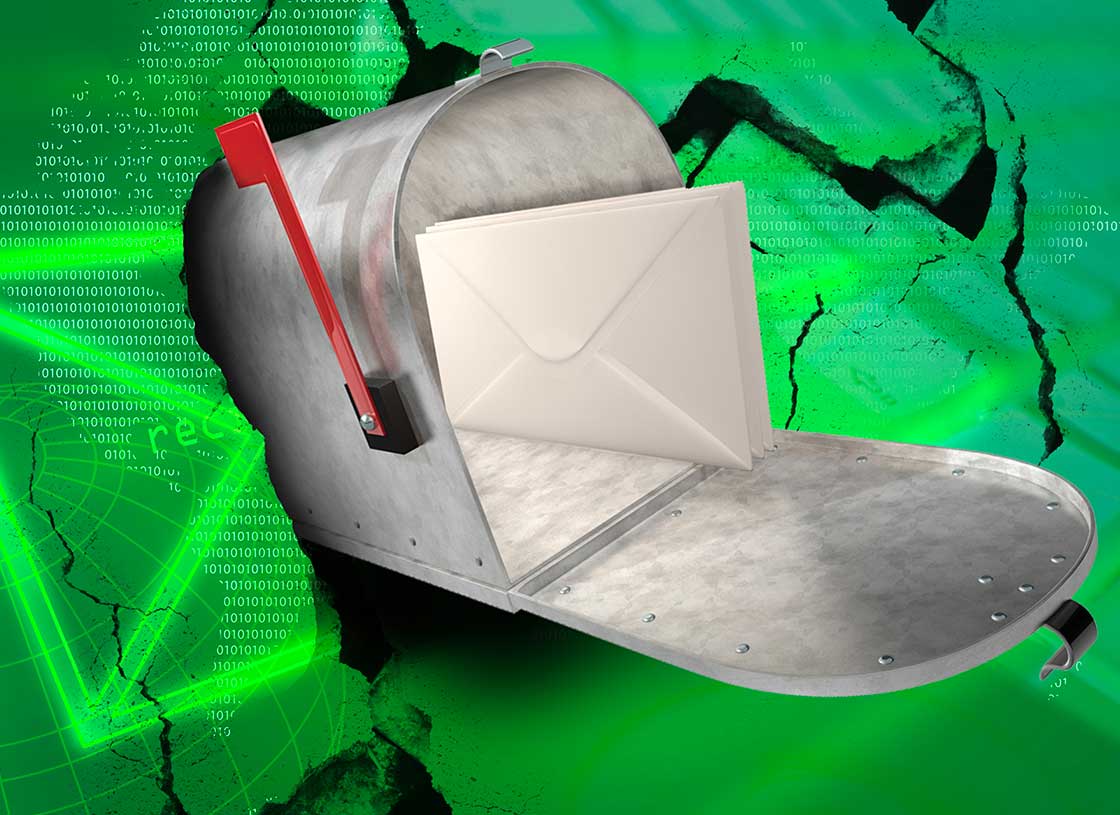“You can’t argue with success,” the cliché goes. There’s quite a bit within that simple truth that contractors can apply to Direct Mail marketing.
As Direct Mail continues to perform, marketers say they are increasing their investments. According to Boston Consulting Group, advertising spending on Direct Mail will increase from 11% of the budget pie to 12% by 2020. (Caveat: Even if 1% doesn’t sound like “a lot,” the Direct Mail direction is moving up – not down. Plus, when you’re talking about billions spent in the U.S. Mail, you don’t have to be good in math to know that 1% is a lot of investment.)
This factoid was in an infographic posted recently by Experian Data Quality, which highlighted several other signs of the continuing value of Direct Mail. For example:
In 2015, 2.5 billion coupons received in the mail were redeemed by customers. For contractors, that means coupons in newsletters, on postcards and in holiday cards get noticed, get saved and get used.
Surveys show that 70% of Americans say that physical mail is more personal than email. There’s also the tactile quality – it gets handled, opened, read or set aside for later. And anywhere from 70-80% of Direct Mail recipients will open a Direct Mail letter even if they know it’s “junk mail.” (But don’t expect the same from email, since many unopened messages are deleted. Surveys show that three-quarters of consumers have unsubscribed from emails that cluttered their inbox.)
Direct Mail performs better than online strategies. According to Data & Marketing Association, the 2015 response rate for Direct Mail was nearly 600% higher than digital channels. Yet, it also integrates supremely with online marketing. The Experian stats showed that 60% of Direct Mail recipients will visit a website included in a mailing.
So, knowing all of this, what should your winning Direct Mail strategy include? Here are the “goods”:
Good Piece – Whether your mailing is a postcard, newsletter or Direct Mail letter, you need quality creative and printing. For a Direct Mail letter, your piece should include a strong headline, compelling copy that lays out the benefits, proof of your claims such as stats and testimonials, a push for a response with a sense of urgency and a prominent call to action. Postcards may be used for direct response or image – and in the case of the latter, a quality photo will get attention for the rest of your message. Customer newsletters also require quality content, design and production. (Hudson, Ink will take care of all of this on all of these pieces – and guide you on the next step too.)
Good Mailing List – Never underestimate the importance of a good list as the critical success factor. You have a house list for Customer Retention mailings. When reaching out to prospects, you can choose from a variety of list types based on your target audience, your geographical area, similarity to best customers or other criteria.
Good Timing – From end-of-season sales to height-of-season reminders, prepare your mailing for the right offer at the right time. Also, if you’ve got a date-sensitive offer, remember that your piece needs to be in the mail in time for prospects to receive and respond.
Good Return – How will you know you’ve achieved success? Run the numbers on all the costs (creative, production, mailing, etc.) to determine your breakeven point. Estimate expected response rate (how many people will respond to your mailing), as well as conversion rate (how many will go on to make a purchase) and average purchase (the amount they’ll spend). Set your return goal.

